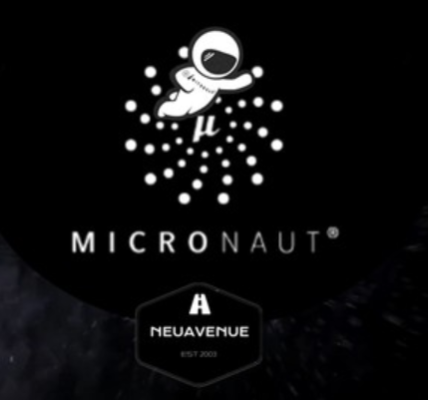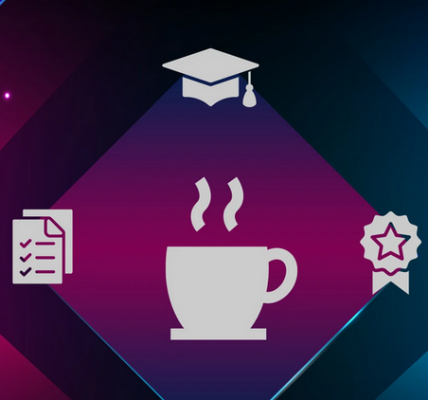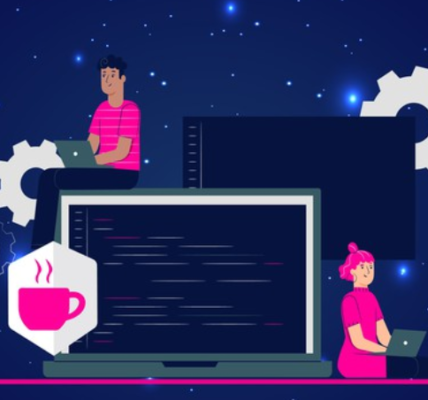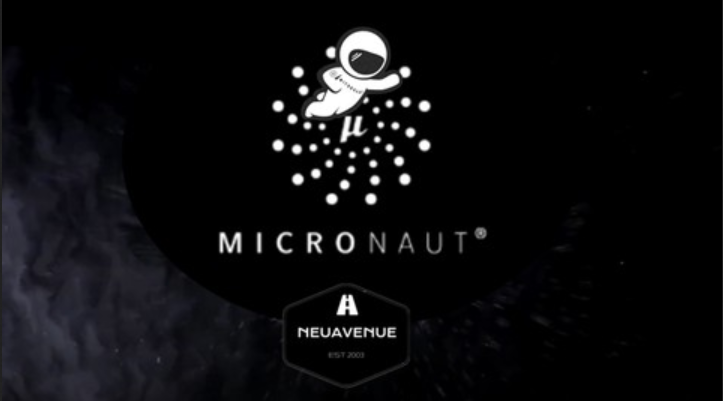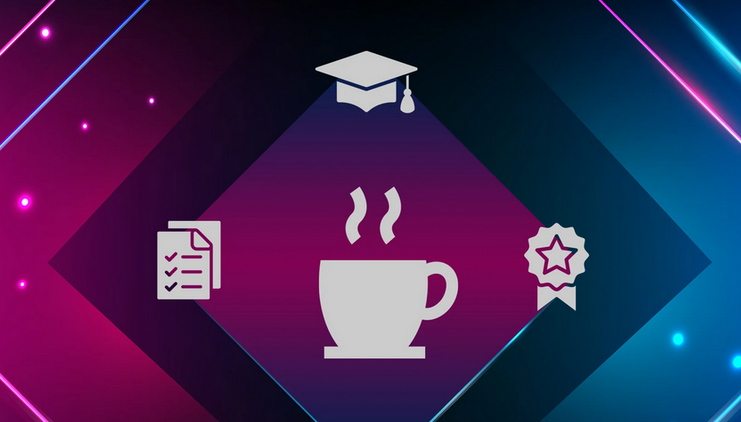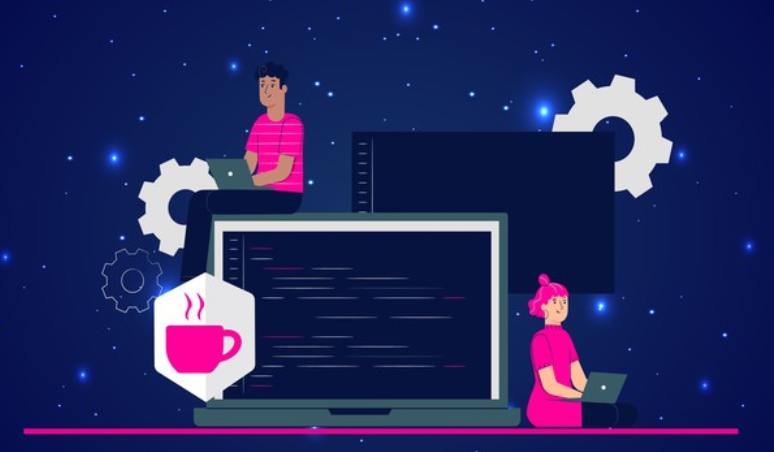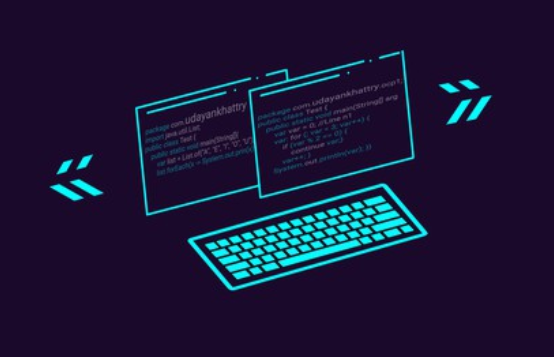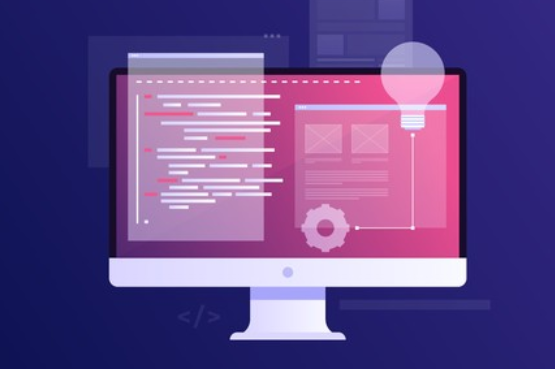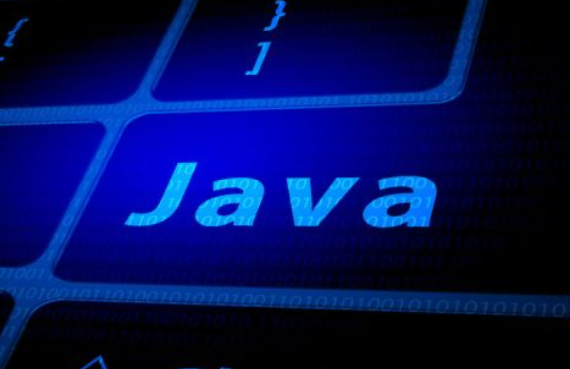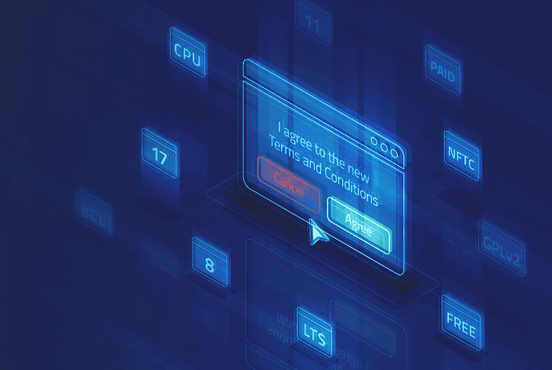Installing applications and development tools via AppStream – Revisiting Modules and AppStreams
Installing applications and development tools via AppStream From the previous recipe, we’re familiar with how to search for and list applications in AppStreams; let’s now dive into installing applications and development tools via AppStream.How to do it…Building from the last…
Using AppStreams to install different versions of software – Revisiting Modules and AppStreams
Using AppStreams to install different versions of softwareNow, we’re going to expand on what we know about AppStreams, and instead of installing an application from the default module stream, we’re going to specify a different stream.How to do it…There are…
Removing packages via AppStream – Revisiting Modules and AppStreams
Removing packages via AppStream Removing packages via AppStream is straightforward. In general, all you need to do is instruct the package manager to remove instead of install. If the package manager finds a module that matches, it will proceed to…
Ridding yourself of demons – err um – daemons, with Podman – Lions, Tigers, and Containers – Oh My! Podman and Friends
Ridding yourself of demons – err um – daemons, with PodmanDocker and Podman are both tools that aim to make it easier to run and manage containers on a host machine. Since Podman is the new kid on the block,…
Giving your containers a root canal – Lions, Tigers, and Containers – Oh My! Podman and Friends
Giving your containers a root canal Straight from the Docker documentation, you will find that “The Docker daemon binds to a Unix socket instead of a TCP port. By default that Unix socket is owned by the user root and…
Creating handy-dandy utility containers – Lions, Tigers, and Containers – Oh My! Podman and Friends
Creating handy-dandy utility containersThis recipe shows how to use Podman to quickly spin up a container to complete useful tasks.This recipe will walk you through the process of creating super useful utilities leveraging containers. The basic principle of containers encourages…
Working directory – Lions, Tigers, and Containers – Oh My! Podman and Friends
Working directoryYou’ll often want to specify the working directory inside the container, because that’s where the container is configured by default to perform its work. To get the working directory of a container, you can run the following: $ podman…
Making a change to an image or video file using FFMPEG 2 – Lions, Tigers, and Containers – Oh My! Podman and Friends
Once NPM completes the build, you’ll find your application binaries inside a directory called ./build on your host machine But wait, just as I mentioned earlier, there is more than one way to skin a cat. A more elegant way…
Making a change to an image or video file using FFMPEG – Lions, Tigers, and Containers – Oh My! Podman and Friends
Making a change to an image or video file using FFMPEG In this example, we will leverage FFMPEG within a container in the same way we leveraged pandoc in the previous container. Using the FFMPEG container is especially handy because…
Docker Compose with Podman – Lions, Tigers, and Containers – Oh My! Podman and Friends
Docker Compose with PodmanPodman is a powerful container engine that is typically accessed via a command-line interface (CLI) to facilitate the configuration and running of containers. It’s very handy to use the CLI to quickly launch a new container instance…
